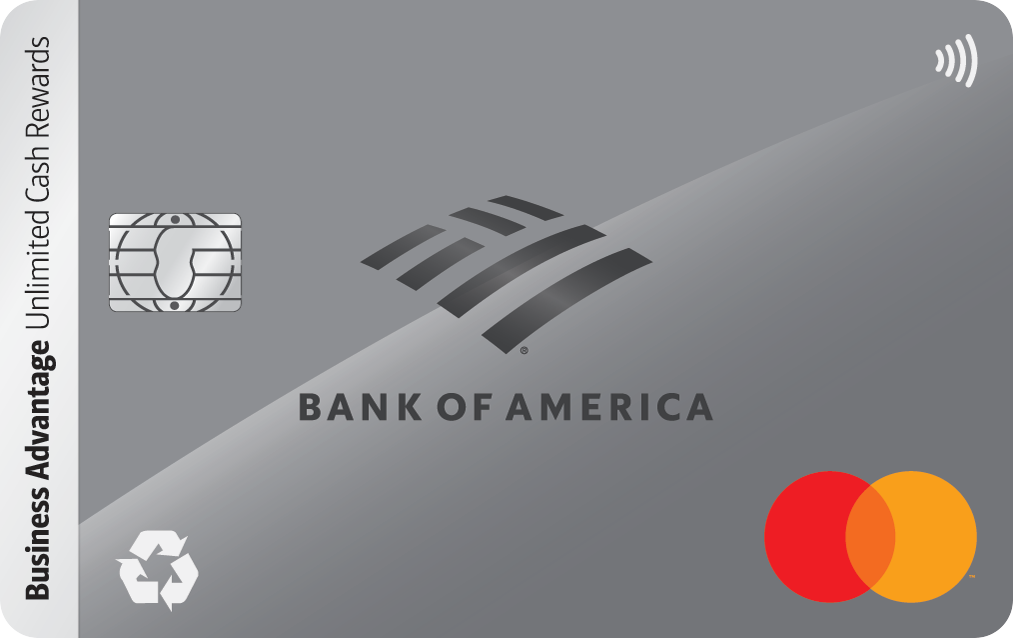Here's How Much Money You Should Aim to Save by 30
KEY POINTS
- By age 30, you should be well on your way to saving for a comfortable retirement and be prepared to handle unforeseen expenses.
- There are some rules of thumb you can use to determine if you're on the right track.
- If you aren't, there's time to get back on track by prioritizing your savings.
Here are the financial rules of thumb you need to know.
It's a smart idea to do a financial checkup every so often, and one of the biggest parts should be to ensure you have enough money set aside for the future. In this article, we'll explore how much money you should have saved for retirement by age 30, how much you should have saved for emergencies, and what to do if you're not where you should be.
How much retirement savings should you have by 30?
First off, there is no perfect answer here, as every situation is different. For example, if you have a pension plan at work, or significant non-retirement assets in the bank, you might not need as much in designated retirement accounts as someone who doesn't have those things.
With that in mind, the most common rule of thumb used by financial planners is that you should have one year's salary saved in retirement accounts by the time you're 30. So, if you make $75,000 per year, that's the benchmark to use.
If you're curious, the guidelines for older age milestones are:
- Three times your salary by age 40
- Six times your salary by age 50
- Eight times your salary by age 60
- 10 times your salary by age 67 (or whenever you actually retire)
In reality, Americans don't have this much saved, on average. According to data from Empower Retirement, the average 401(k) balance for someone in the 30-35 age group is $33,135. And the average person at retirement age (65-70) has $185,858 -- far less than 10 times the average salary.
Emergency savings is another matter
Retirement savings is just one piece of the puzzle. The other big type of savings you should have is emergency savings -- that is, money set aside to cover unexpected expenses or to give you some financial breathing room if you happen to lose your job.
There aren't too many age-based guidelines out there, but most financial planners recommend a target of six months' worth of expenses set aside in an emergency fund. When you include fixed expenses (mortgage/rent, car payments, etc) as well as variable essential costs (utilities, gas, groceries), this can be an intimidating number.
You don't have to get there right away, but an emergency fund is critical. After all, what good is retirement savings if you might have to use some of it when you have an unexpected expense come up? Even a $1,000 emergency fund will put you in better shape than the majority of Americans and should allow you to cover most unforeseen expenses without borrowing money.
What to do if you're falling short?
I'm a firm believer that automating savings is the single best way to set yourself up for success. If you have a 401(k) plan or similar retirement plan at work, this is easy. If your retirement savings isn't where it should be, you could increase your contribution rate by a percentage point or two. If you don't, consider setting up an automatic transfer into an IRA.
For emergency savings, the first step is to create a separate savings account for your emergency fund if you haven't done so already. Once you have done that, decide on an amount you can comfortably afford to contribute from each paycheck and set up an automatic recurring transfer.
Finally, if you don't have as much saved for retirement and emergencies as you "should," don't panic -- especially if you're in your 20s or 30s. Making some changes in your savings habits now can get you back on track faster than you might think.
Our Research Expert




